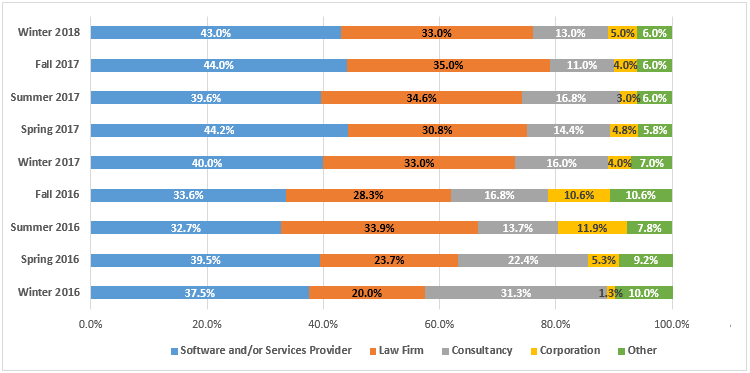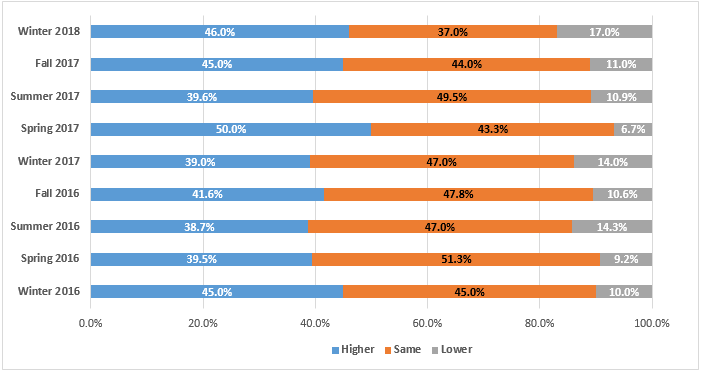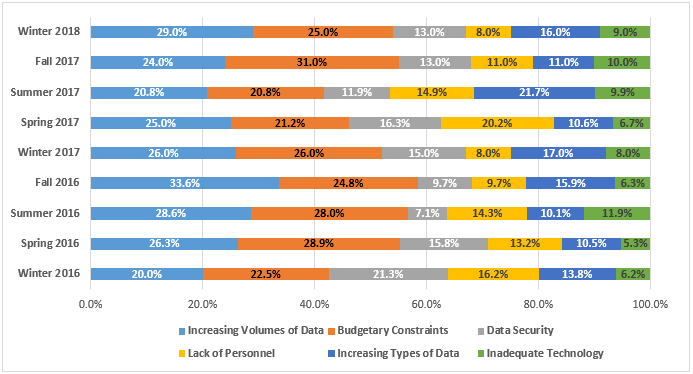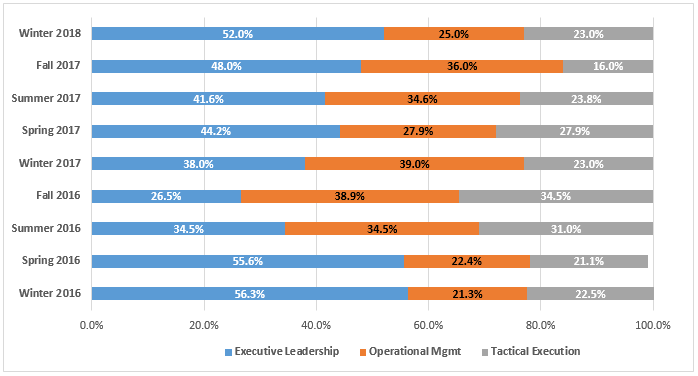Court Orders Plaintiff to Reproduce ESI and Produce Search Term List As Agreed: eDiscovery Case Law
In Youngevity Int’l Corp., et al. v. Smith, et al., No: 16-cv-00704-BTM (JLB) (S.D. Cal. Dec. 21, 2017), California Magistrate Judge Jill L. Burkhardt, granted the defendants’ motion to compel proper productions against the plaintiffs and ordered the plaintiffs to either provide its search hit list to the plaintiffs, meet and confer on the results and screen the results for responsiveness and privilege OR produce 700,000 additional responsive documents and pay for the defendants to conduct Technology Assisted Review (TAR) on the results. Judge Burkhardt also ordered the plaintiffs to designate “only qualifying documents” as confidential or Attorney’s Eyes Only (AEO) and to pay for the reasonable expenses, including attorney’s fees, of bringing the motion.
Case Background
In this case regarding alleged unlawful competition filed by the plaintiffs against Wakaya (the defendants company formed by former distributors of the plaintiffs company), the defendants proposed during discovery in May 2017 a three-step process by which: “(i) each side proposes a list of search terms for their own documents; (ii) each side offers any supplemental terms to be added to the other side’s proposed list; and (iii) each side may review the total number of results generated by each term in the supplemented lists (i.e., a ‘hit list’ from our third-party vendors) and request that the other side omit any terms appearing to generate a disproportionate number of results.” Six days later, the plaintiffs stated that “[w]e are amenable to the three step process described in your May 9 e-mail” and the parties exchanged lists of proposed search terms to be run on their own ESI and their opponent’s ESI.
While the defendants provided the plaintiffs with a hit list of the total number of results generated by running each term in the expanded search term list across its ESI, the plaintiffs never produced its hit list. The plaintiffs also made two large productions of approximately 1.9 million pages and 2.3 million pages and, without reviewing them beforehand, mass designated them all as confidential and/or AEO. The produced ESI contained numerous non-responsive documents and the parties attempted without success to meet and confer (even with Court assistance) on reducing the number of documents classified as AEO. The plaintiffs also notified the defendants (around the beginning of October 2017), that it had inadvertently failed to produce an additional 700,000 documents due to a technical error by its discovery vendor.
As a result of all of the issues associated with the plaintiffs’ production, the defendants sought an order under FRCP 26(g) or Rule 37 requiring the plaintiffs to remedy its improper production and pay the costs incurred by the defendants as a result of this motion and the costs associated with reviewing the plaintiffs’ prior productions.
Judge’s Ruling
While considering the defendants’ assertions that the plaintiffs “impermissibly certified its discovery responses because its productions amounted to a ‘document dump’ intended to cause unnecessary delay and needlessly increase the cost of litigation”, Judge Burkhardt determined that “Wakaya fails to establish that Youngevity violated Rule 26(g)”, “declin[ing] to find that Youngevity improperly certified its discovery responses when the record before it does not indicate the content of Youngevity’s written responses, its certification, or a declaration stating that Youngevity in fact certified its responses.”
However, Judge Burkhardt stated that “the record indicates that Youngevity did not produce documents following the protocol to which the parties agreed”, noting that “Youngevity failed to produce its hit list to Wakaya, and instead produced every document that hit upon any proposed search term” and that “the parties negotiated a stipulated protective order, which provides that only the ‘most sensitive’ information should be designated as AEO”. She also stated that “Youngevity conflates a hit on the parties’ proposed search terms with responsiveness…The two are not synonymous…Search terms are an important tool parties may use to identify potentially responsive documents in cases involving substantial amounts of ESI. Search terms do not, however, replace a party’s requests for production.”
As a result, Judge Burkhardt gave the plaintiffs two options for correcting their discovery productions with specific deadlines:
“1) By December 26, 2017, provide its hit list to Defendant; by January 5, 2018, conclude the meet and confer process as to mutually acceptable search terms based upon the hit list results; by January 12, 2018, run the agreed upon search terms across Plaintiff’s data; by February 15, 2018, screen the resulting documents for responsiveness and privilege; and by February 16, 2018, produce responsive, non-privileged documents with only appropriate designations of “confidential” and “AEO” (said production to include that subset of the not-previously-produced 700,000 documents that are responsive and non-privileged); or
2) By December 26, 2017, provide the not-previously-produced 700,000 documents to Defendant without further review; pay the reasonable costs for Defendant to conduct a TAR of the 700,000 documents and the July 21, 2017 and August 22, 2017 productions for responsiveness; by January 24, 2018, designate only those qualifying documents as “confidential” or “AEO”; by that date, any documents not designated in compliance with this Order will be deemed de-designated.”
Judge Burkhardt also ordered the plaintiffs to pay for the reasonable expenses, including attorney’s fees for bringing the motion and for the expenses incurred by the defendants “as a result of Youngevity’s failure to abide by the Stipulated Protective Order.”
So, what do you think? Did the plaintiffs abuse the process? Please share any comments you might have or if you’d like to know more about a particular topic.

Case opinion link courtesy of eDiscovery Assistant.
Sponsor: This blog is sponsored by CloudNine, which is a data and legal discovery technology company with proven expertise in simplifying and automating the discovery of data for audits, investigations, and litigation. Used by legal and business customers worldwide including more than 50 of the top 250 Am Law firms and many of the world’s leading corporations, CloudNine’s eDiscovery automation software and services help customers gain insight and intelligence on electronic data.
Disclaimer: The views represented herein are exclusively the views of the author, and do not necessarily represent the views held by CloudNine. eDiscovery Daily is made available by CloudNine solely for educational purposes to provide general information about general eDiscovery principles and not to provide specific legal advice applicable to any particular circumstance. eDiscovery Daily should not be used as a substitute for competent legal advice from a lawyer you have retained and who has agreed to represent you.










